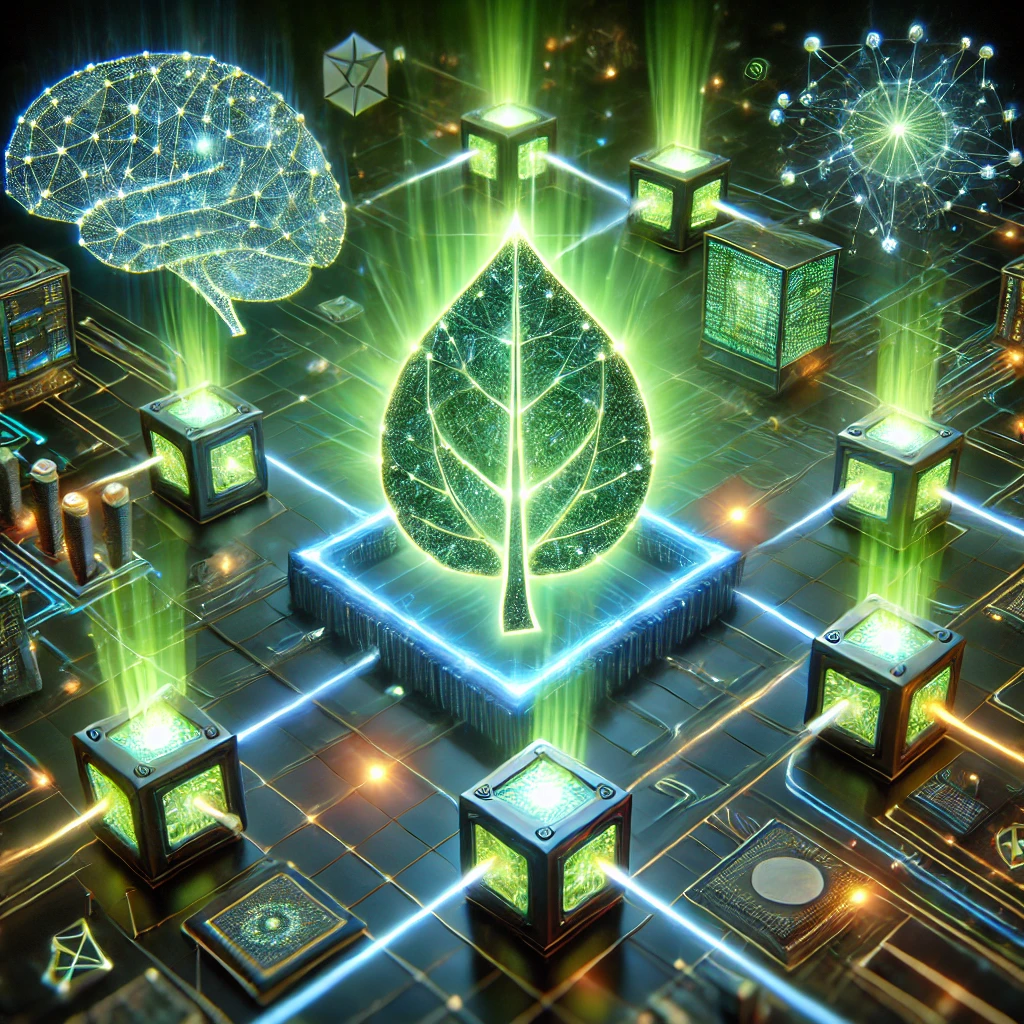English language
Toggle Transcript
chemosynthesis::noun | Spocien Dictionary
| Type | Words |
|---|---|
| Type of | synthesis |
Examples of chemosynthesis
chemosynthesis
Here primary producers manufacture food through a process called chemosynthesis.
From the en.wikipedia.org
A small number of autotrophs exploit chemical energy sources in a process called chemosynthesis.
From the en.wikipedia.org
Some microorganisms use chemosynthesis to produce biomass.
From the en.wikipedia.org
It is possible that life based on chemosynthesis is found on other planets, where the chemical environment permits.
From the sciencedaily.com
Primary production is the production of biological organic compounds from inorganic materials through photosynthesis or chemosynthesis.
From the en.wikipedia.org
This process is called chemosynthesis, and a lot of different microbes can do it, microbes living in rocks and soils all over the world.
From the scientistatwork.blogs.nytimes.com
High concentrations of methane and sulfide in the fluids escaping from the seafloor are the principal energy sources for chemosynthesis.
From the en.wikipedia.org
Numerous terrestrial ecosystems rely on chemosynthesis rather than photosynthesis, for instance, which would be possible in a red dwarf system.
From the en.wikipedia.org
Unlike on land, where sunlight provides the energy for photosynthesis, in the dark depths of the sea, inorganic chemicals provide energy for life in a process called chemosynthesis.
From the sciencedaily.com
- Synthesis of carbohydrate from carbon dioxide and water; limited to certain bacteria and fungi
- In biochemistry, chemosynthesis is the biological conversion of one or more carbon molecules (usually carbon dioxide or methane) and nutrients into organic matter using the oxidation of inorganic molecules (e.g. ...
- (chemosynthetic) Applied to autotrophic bacteria that use the energy released by specific inorganic reactions to power their life processes, including the synthesis of organic molecules.
- The process by which microorganisms use energy produced during chemical reactions to produce food from carbon dioxide and water.
- The process whereby chemical energy is used to make organic compounds from inorganic compounds. One example is the oxidation of ammonia to nitrite by nitrifying bacteria. Compare photosynthesis.
- The use of energy from inorganic chemical compounds to produce carbohydrates; also known as chemolithotrophy. [5]
- Synthesis of organic compounds as in living cells by energy derived from chemical reactions
- Obtaining energy and making food from inorganic molecules
